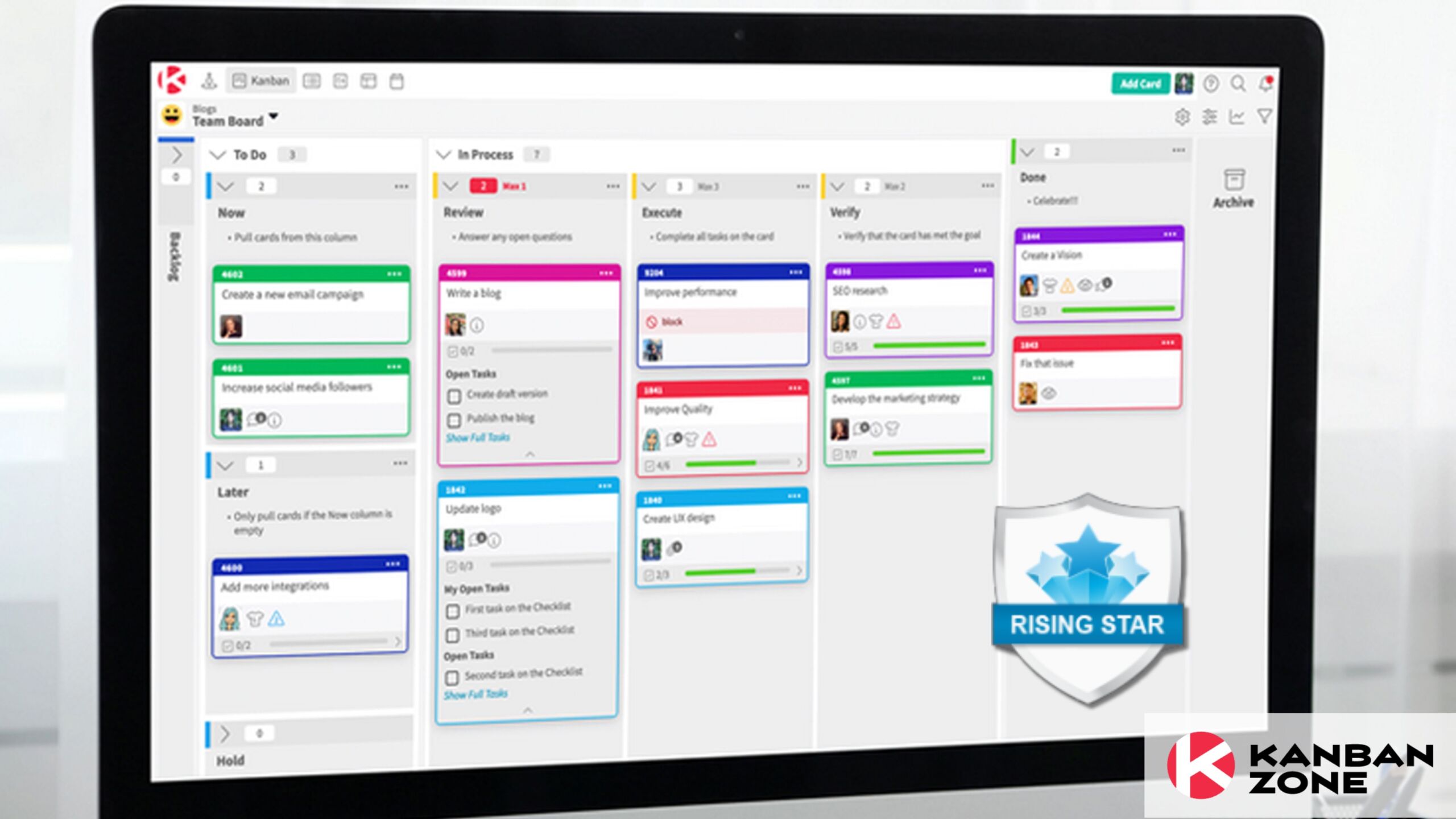
Much is demanded of businesses in this modern world. Competition is tough. Consumer standards are high. And the market has never been as technology-driven as before. For businesses that want to thrive, they know that having a good product alone is insufficient. They need to look into how they make the product and run the company. A good product that sells needs a sustainable process that can back it up. These are processes that ensure quality, cost-savings, and maximum value are driven out of the pipeline.
Most companies would turn to project management approaches to help them get these embedded in their processes. Two of the most popular methodologies businesses turn to is Lean and Agile project management. But an increasing trend we see is how these two methodologies are being combined. Companies turn to Agile Lean project management to solidify their businesses.
But first, let’s take a look at them individually.
What is Lean Project Management?
Much of what we know about Lean is rooted in the Toyota Production System. But Lean gradually spread its grasp outside manufacturing after much success was seen from businesses that used it. Today, the concept of Lean thinking and management is used in various industries that don’t deal with producing a tangible product. We see it being used in knowledge work and service-based industries as well.
Lean at its core aims to increase process efficiency and product quality by minimizing cost and waste. By eliminating causes of wasteful activities, process variation, and overburden, businesses can provide higher levels of customer value and manage operational costs effectively. This is achieved by establishing a smooth and stable workflow based on a pull system.
Lean project management is rooted in Lean thinking. Applying the five principles of Lean enables businesses to magnify their processes and operate in a way that customer value is created through a smooth flow. Lean project management emphasizes the importance of pursuing continuous improvement to make sustainable business processes.
Most teams that do Lean project management use a visual process modelling tool called Value Stream Mapping to examine business processes and weed out wasteful or unnecessary activities, queues, and bottlenecks. When it comes to managing the workflow, Kanban is one of the go-to tools for those who use Lean.
What is Agile Project Management?
Agile project management is rooted in the Agile methodology. The concept of Agile development was started by 17 key influencers in the software development industry. Guided by the Agile manifesto and its principles, Agile teams are able to meet customer demands through iterative development and frequent delivery of valuable software.
There are several methodologies under the Agile umbrella. Scrum and eXtreme Programming are the most popular. For large scale implementations, LeSS and SAFe are gaining traction. Each of these methodologies rooted in the Agile methodology can be applied in Agile Project Management.
How work is done in this context depends on the methodology a team uses. For example, if a team uses Scrum, there are specific roles filled, team ceremonies performed, and a set of artifacts established and used. But all these go back to the application of the Agile manifesto and its principles. Without it, any Agile implementation becomes meaningless.

Sharing Common Goals: Agile Lean Project Management
If you look at the broader scheme of things, Agile and Lean have similarities. Let’s explore what these similarities are.
Focus on Providing Customer Value
Producing valuable products and services are central to both Lean and Agile project management. Lean puts focus on process efficiency for optimum results in customer value. While Agile puts focus on frequent delivery and continuous feedback loops to get to what customers really want. Both methodologies have high regard on maintaining quality throughout the value stream.
Continuous Improvement
One of the pillars of Lean is kaizen or continuous improvement. Lean project management pushes teams to pursue perfection by recognizing that the status quo must always be challenged. Incremental improvements or kaizen bursts are performed regularly to review current processes and see where they can be better. As for Agile, it prescribes a regular review of how teams can work more effectively. Agile teams inspect and adapt at regular intervals and plan improvement initiatives so they can get better results in succeeding iterations.
Empower People to Manage the Process
Both Agile and Lean project management recognizes the importance of human capital. It’s the teams that make the process work, not the other way around. Both methodologies highlight the importance of collaboration and open communication. These allow teams to become self-organizing and cultivate a mindset of continuous improvement.
Putting Them Together: Agile Lean Project Management Benefits
Combining Agile and Lean promises beneficial returns to a team. Agile focuses on fast and continuous delivery through shorter iterations, feedback loops, and strong team communication. Lean focuses on maximizing efficiency by removing waste, minimizing costs, and managing flow. Together, you have a project and process management approach that supports responsiveness to change while pursuing continuous improvement through process and systems analysis.
Here are some of the benefits that teams can experience when using an Agile Lean approach.
- Increase in customer value creation
- Reduced risk
- Improved process transparency and visibility
- Focus on data to drive change
- Better responsiveness to changing requirements
- Stronger team collaboration
Applying Agile Lean Project Management to Your Business
There are many project management approaches available. But you’re not confined to choosing just one. You can explore the possibility of combining the best parts of multiple methodologies and tailor-fit the implementation in a way that makes the most sense for your team. Using an Agile Lean project management approach enables a systematic yet practical approach to product development. But before you implement this, talk as a team and discuss what you need to achieve and how an Agile Lean project management approach can help you.
You must understand the principles behind these concepts as they will be crucial in ensuring a sustainable and disciplined practice. No methodology guarantees success; not even an Agile Lean approach. It’s up to your team to make that happen.
Learn to Work Smarter, Not Harder!
Get our top articles weekly.
Table Of Contents
Discover many more posts…







